Babylights explained: the new method for low-maintenance, sunkissed color
What are babylights and should you try them? Pro colorists and our beauty ed break it down
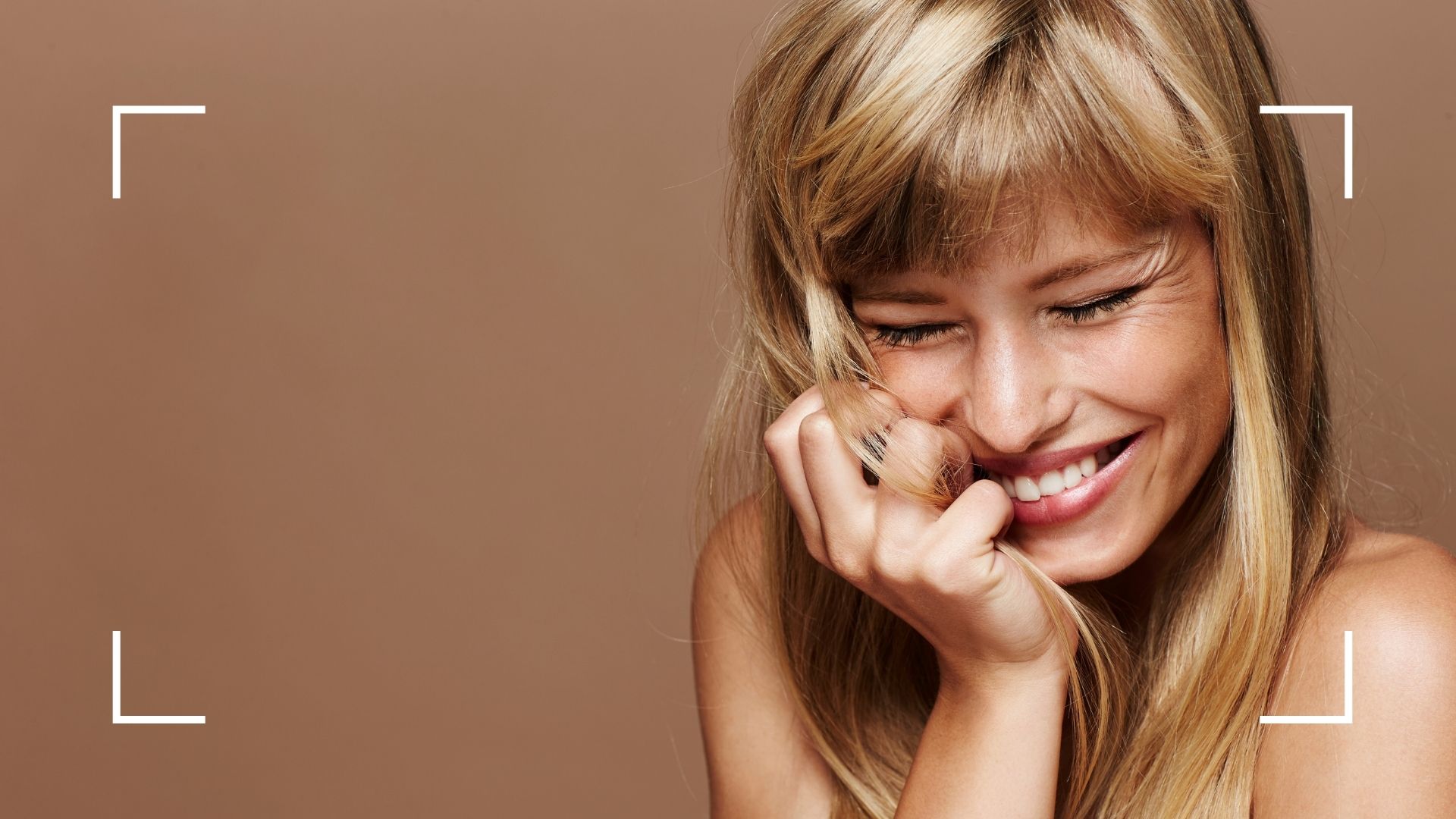

Babylights sound pretty cute, and actually, they are cute. This delicate, modern spin on the classic highlights service results in the sort of beautifully-sunkissed strands that many of us natural-turned-unnatural blondes had (and did not appreciate nearly enough) in our pre-school days.
Interested? You should be. These days salon color menus offer as many blonde hair ideas as hipster coffee shops do brews. But babylights promise something that's been missing from the spectrum of rooty balayage hair up to a uniform full head of highlights—color as bright and fresh as it is natural-looking.
"With babylights, the highlighted sections are smaller and the placement is more towards the face than with traditional foils," explains Lily Jeffreys, Senior Colour Technician at Taylor Taylor London. "This adds a soft glow reminiscent of the natural hair color on young children’s hair, especially when applied to face-framing pieces." At the risk of sounding presumptuous (and pretentious) isn't every blonde's expensive and time-consuming hair journey really just an attempt to reclaim those innocent, undyed tones of our youth? If that resonates, babylights could be for you.
Babylights 101: everything you need to know
What are babylights in hair?
Babylights are essentially ultra-fine, delicate highlights that have smaller gaps between them than traditional highlights, which gives a seamlessly blended look. "Babylights are a good option if you’re looking for fairly low-maintenance color, as they look very natural, they are great for achieving a lightened-by-the-sun effect," agrees Jeffreys.
Thanks to this strategic placement and intricate technique, babylights manage a winning combination of a super fresh tone yet ostensibly natural look. They are the antithesis of that other huge 2022 hair color trend, the money piece, where chunky front sections are lightened to create a deliberately obvious contrast.
What happens during a babylights appointment
Much like any color service, a babylights appointment at any good salon will begin with a good old chat to set your expectations. "During your appointment, the stylist will consult with you first on color options and the look you’re going for—it’s helpful to bring a photo of the style you like (think Gisele Bündchen’s subtle blonde highlights) for inspiration," explains Jeffreys.
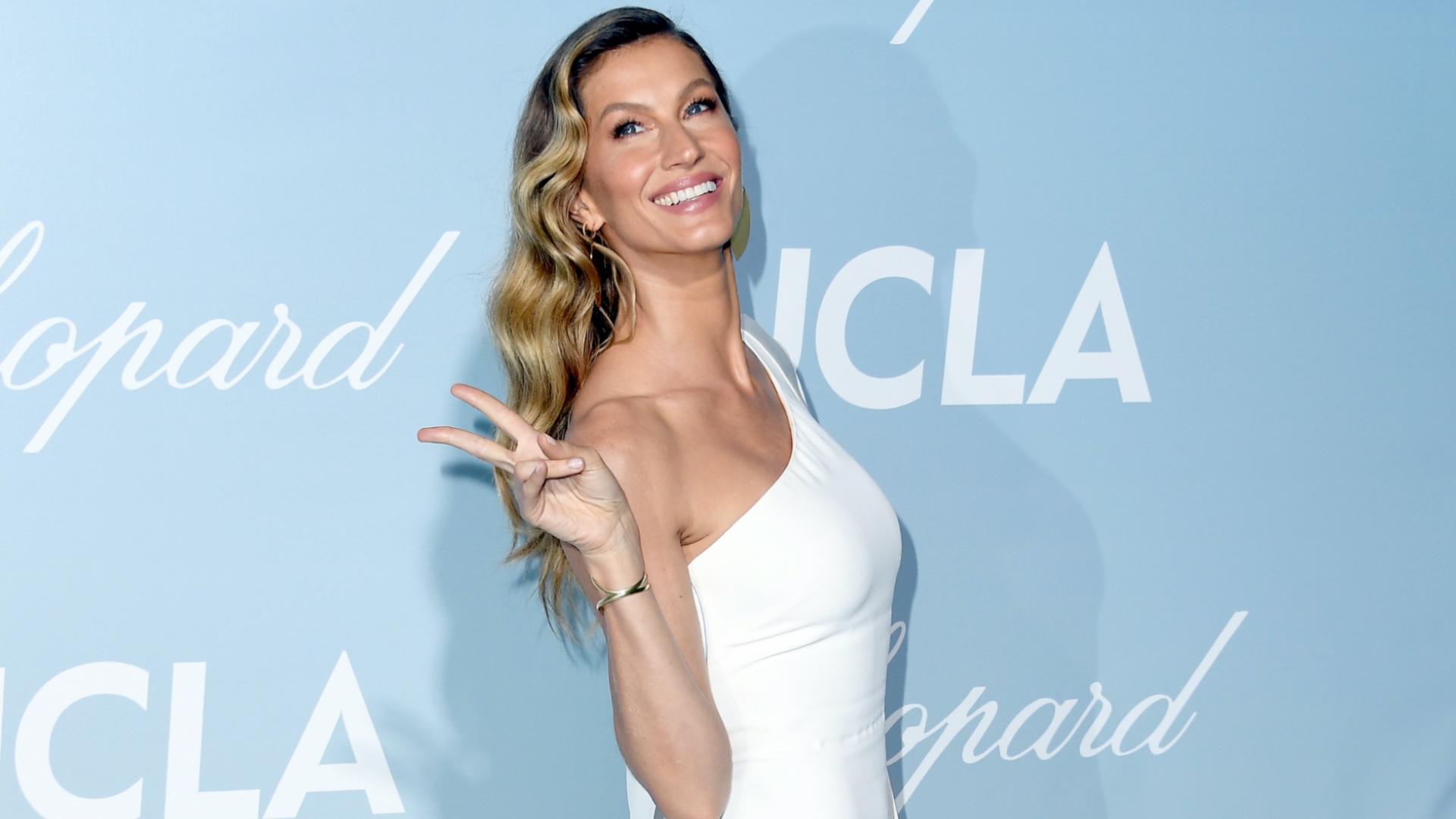
Gisele Bündchen
Once you've agreed on a plan of action, prepare to spend a little bit longer in the chair than you would with balayage or a standard half head of highlights, this is intricate work after all. "When it comes to applying the color, the stylist will finely section your hair and apply color to small sections, working with your cut and shape to frame your face. The process is quite precise to ensure the babylights are blended properly and it should take around two to three hours for a full head, depending on your hair length and how light you’re going from your natural color."
Sign up to our free daily email for the latest royal and entertainment news, interesting opinion, expert advice on styling and beauty trends, and no-nonsense guides to the health and wellness questions you want answered.
And how much can you expect this technique to set you back? As with any hair service, the cost varies hugely depending on the salon you visit, the length and thickness of your hair, and how much color you have put in. As a rough ball-park, expect to pay from $120/£100 upwards for babylights.
Babylights vs highlights and balayage
Weighing up babylights vs highlights vs balayage? While all three have some things in common—lightening sections of the hair, rather than all-over color—there are key differences:
- Technique: Highlights and babylights are both painted on and wrapped in foils, which helps achieve a significant lift in color. Balayage is painted on freehand and therefore offers more subtle lightening.
- Placement: Babylights can be applied throughout the hair, but are generally more concentrated around the face, which creates a flattering, brightening effect. Highlights are placed in uniform lines, either in a half or full head, while balayage can be placed almost anywhere.
- Maintenance: Due to their ultra-fine size and strategic placement, babylights leave a less obvious root line than highlights, while balayage is more subtle still, so grows out even more slowly. "We recommend getting babylights touch-ups every 8-10 weeks to keep them looking fresh, although you can leave it longer," explains Jeffreys. "Balayage can be touched up every 10-12 weeks because the color is painted on more sporadically whereas traditional highlights will need to be refreshed every 6-8 weeks as they leave a harsher root as they grow out."
Beauty editor's tip...
It is worth noting that babylights can be combined with other color techniques such as toning for blonde hair to achieve a specific hue. When I visited Taylor Taylor London, expert color technician Jordan Jones combined ultra-fine babylights with subtle lowlights of my base bronde hair color, a 'root shadowing' technique to blend my old grown-out highlights and a toner at the backwash. Phew! That sounds like color overload but, as the before and after photos show, resulted in a creamy, multi-tonal and completely bespoke blonde designed to grow out seamlessly.
A post shared by LONDON COLOUR SPECIALIST (@jordanoliverhair)
A photo posted by on
Can I have brown hair with babylights?
Why should blondes have more fun when it comes to babylights? Actually, they don't, explains Jeffreys, "babylights can really be applied to any type of hair and work well with all textures, be it curly or coily. They look great applied to any hair color and don’t have to be blonde, they can be customized to be a few shades lighter than whatever your natural shade is for a really soft look."
Style-wise, because babylights are so fine they work just as nicely on short hairstyles for women such as pixie haircuts as they do long hairstyles, although Jeffreys advises that certain textures are preferable to show off those multifaceted tones. "A softer cut rather than a blunt one works well with this technique, as it allows the color to flow and have more movement."
How to maintain babylights at home
So you've achieved a fresh, childlike color that may or may not have actually featured in your own childhood. What's next? Maintaining it. Any color-treated hair can benefit from some attention towards condition to keep those carefully-created tones looking great for longer.
It can be tempting to go OTT with toning products, but as our how often should you use purple shampoo guide explains, more is not more with these products. "Try not to over-shampoo the hair as this can strip the shaft of oils and cause it to dry out, leaving your hair color looking dull and lifeless. Using sulfate-free shampoo and conditioner can help with this, as sulfates can take the moisture out of your hair," says Jeffreys, who also advises, "It’s important to deep condition colored hair regularly and we recommend using the LØRE Originals Legend Intensive Hair Treatment Mask once a month to keep your locks looking and feeling healthy between appointments."
Our beauty editor recommends...
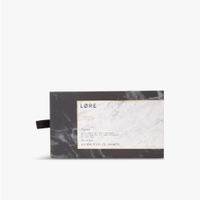
LØRE Originals Legend Intensive Hair Treatment Mask | RRP: $53/£38 for six
Lily Jeffreys' top pick for color-treated hair, this deeply nourishing vegan mask contains sunflower and grapeseed oils plus essential acids to rebuild hair's strength from within. We love the handy individual sachets too.
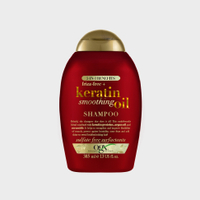
OGX Frizz-Free+ Smoothing Keratin Oil Shampoo | RRP $8.99/£7.99
This sulfate-free shampoo gently cleanses while it works nourishment back into the hair with argan oil and strengthening keratin proteins.
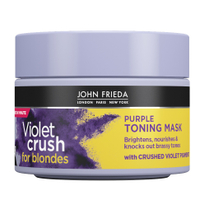
John Frieda Violet Crush Purple Toning Mask | RRP: $9.99/£7.99
If you notice unwanted warm tones creeping into your babylights, use this powerful mask no more than once a week to neutralize warmth. Not only does it counteract brassiness, it also conditions color-treated hair.
woman&home thanks Lily Jeffreys of Taylor Taylor London for her time and expertise

As woman&home's Beauty Channel Editor, Fiona Mckim loves to share her 15+ years of industry intel on womanandhome.com and Instagram (@fionamckim if you like hair experiments and cute shih-tzus). After interning at ELLE, Fiona joined woman&home as Assistant Beauty Editor in 2013 under industry legend Jo GB, who taught her to understand ingredients and take a cynical approach to marketing claims. She has since covered every corner of the industry, interviewing dermatologists and celebrities from Davina McCall to Dame Joan Collins, reporting backstage at London Fashion Week and judging the w&h Beauty Awards.